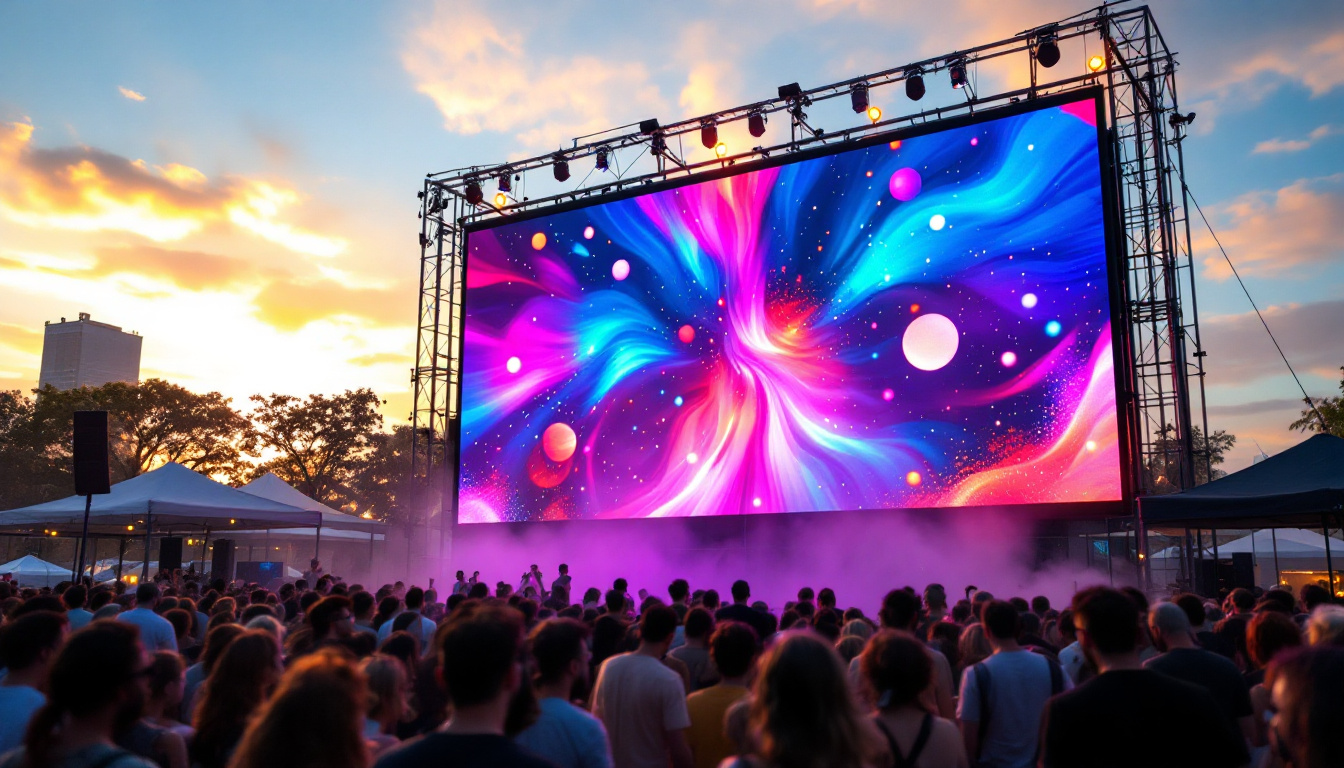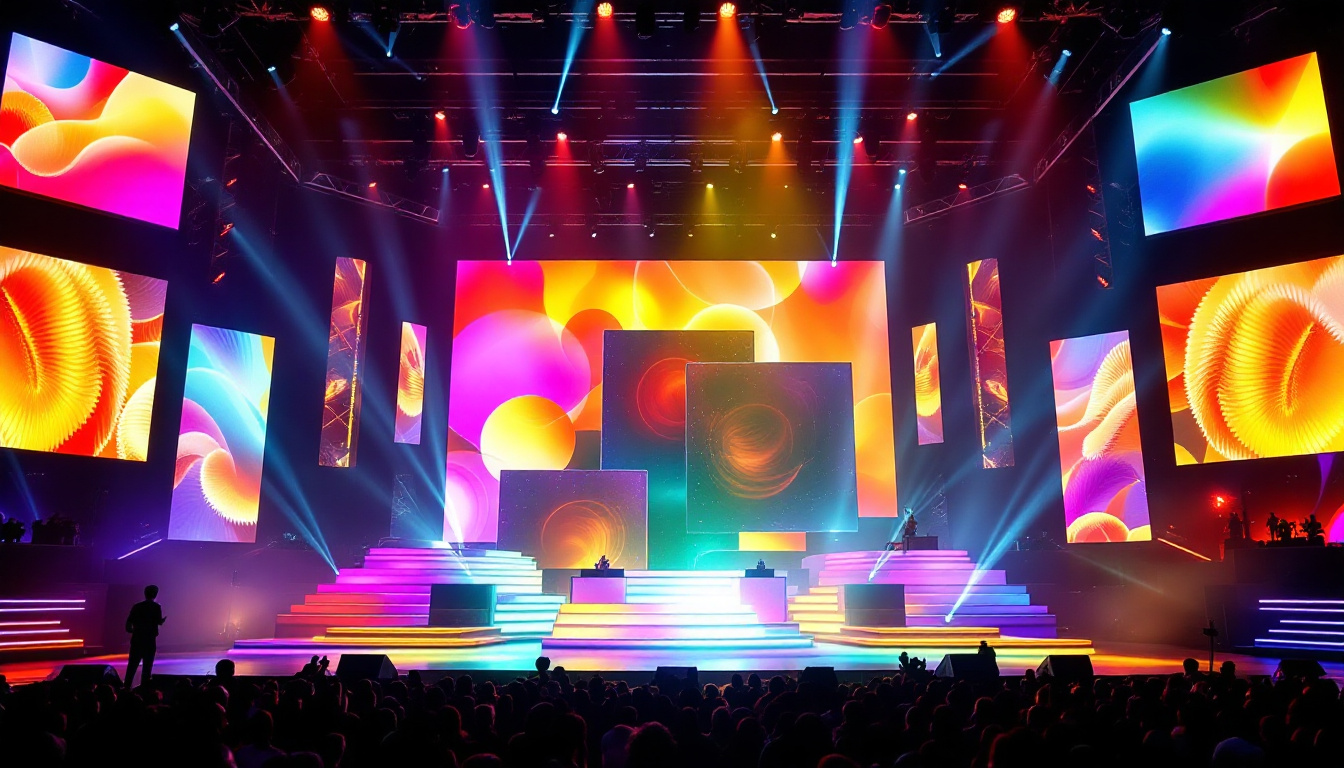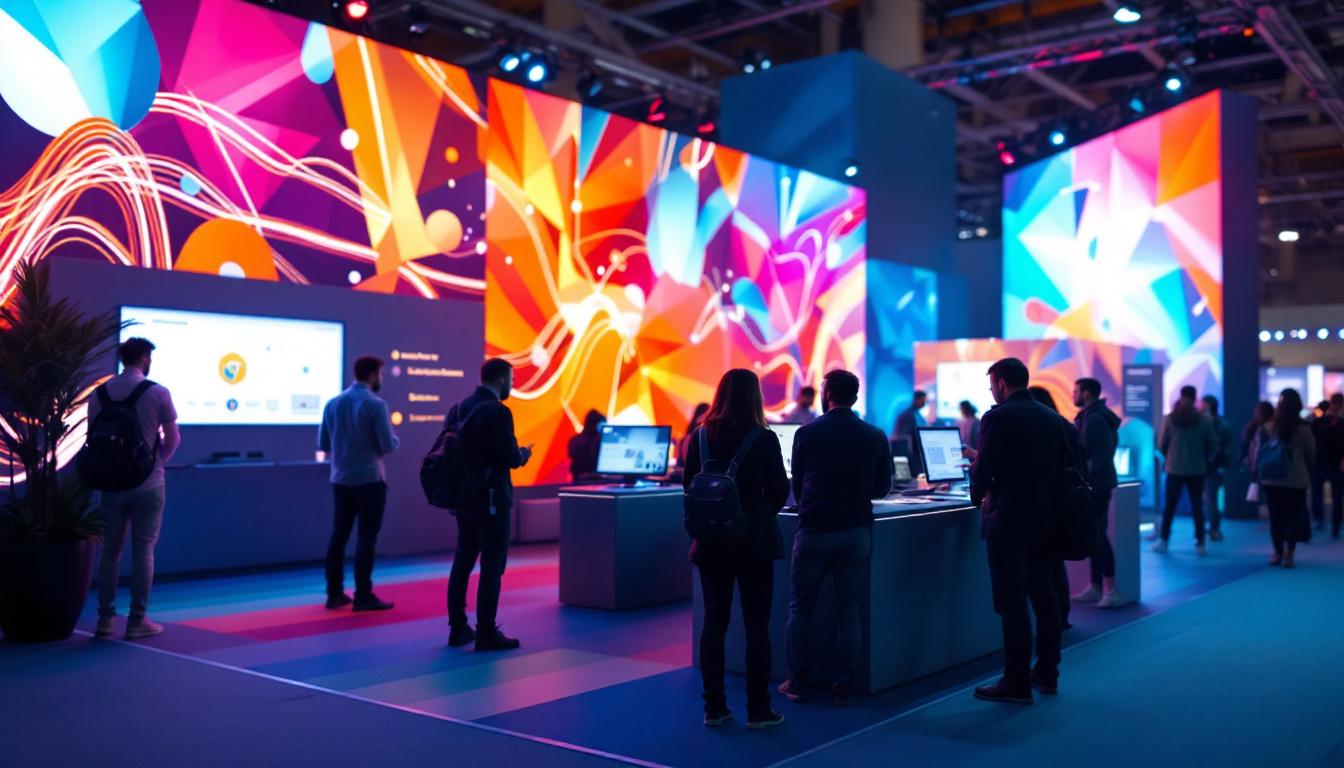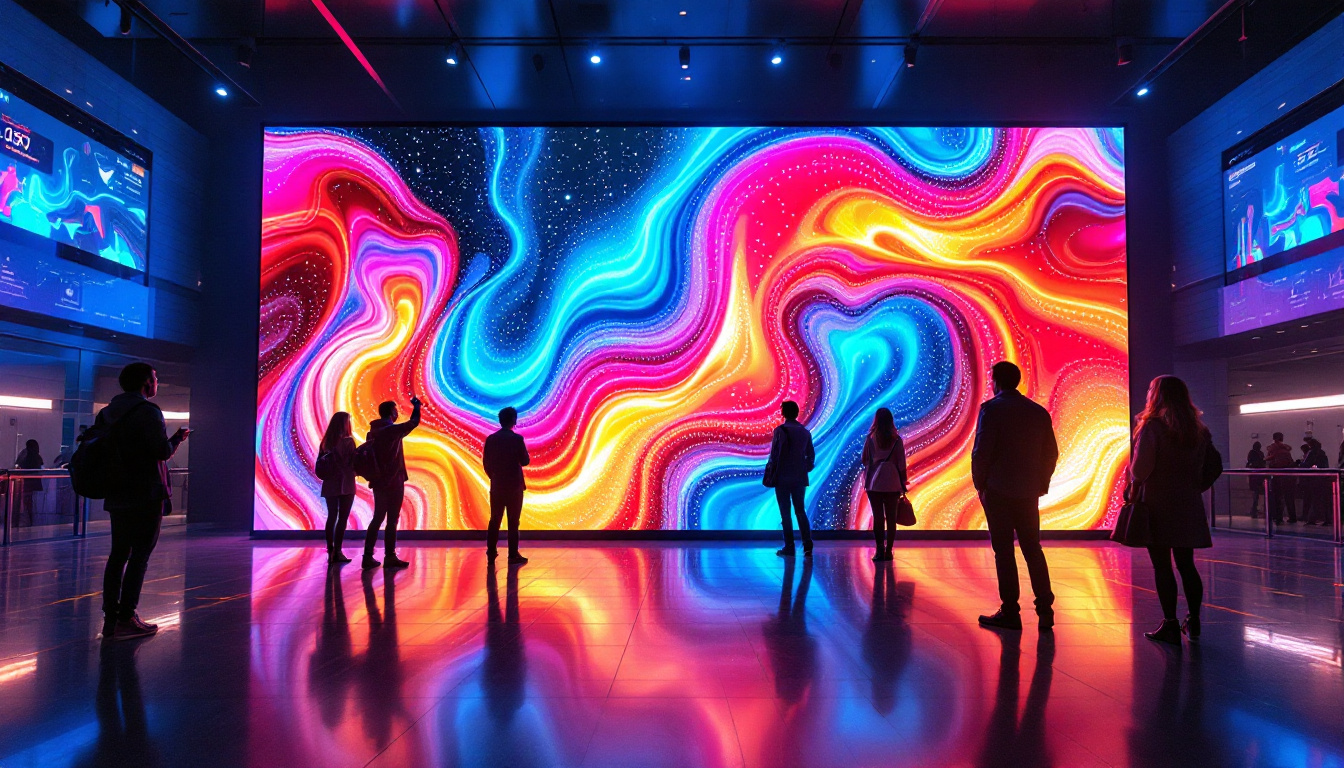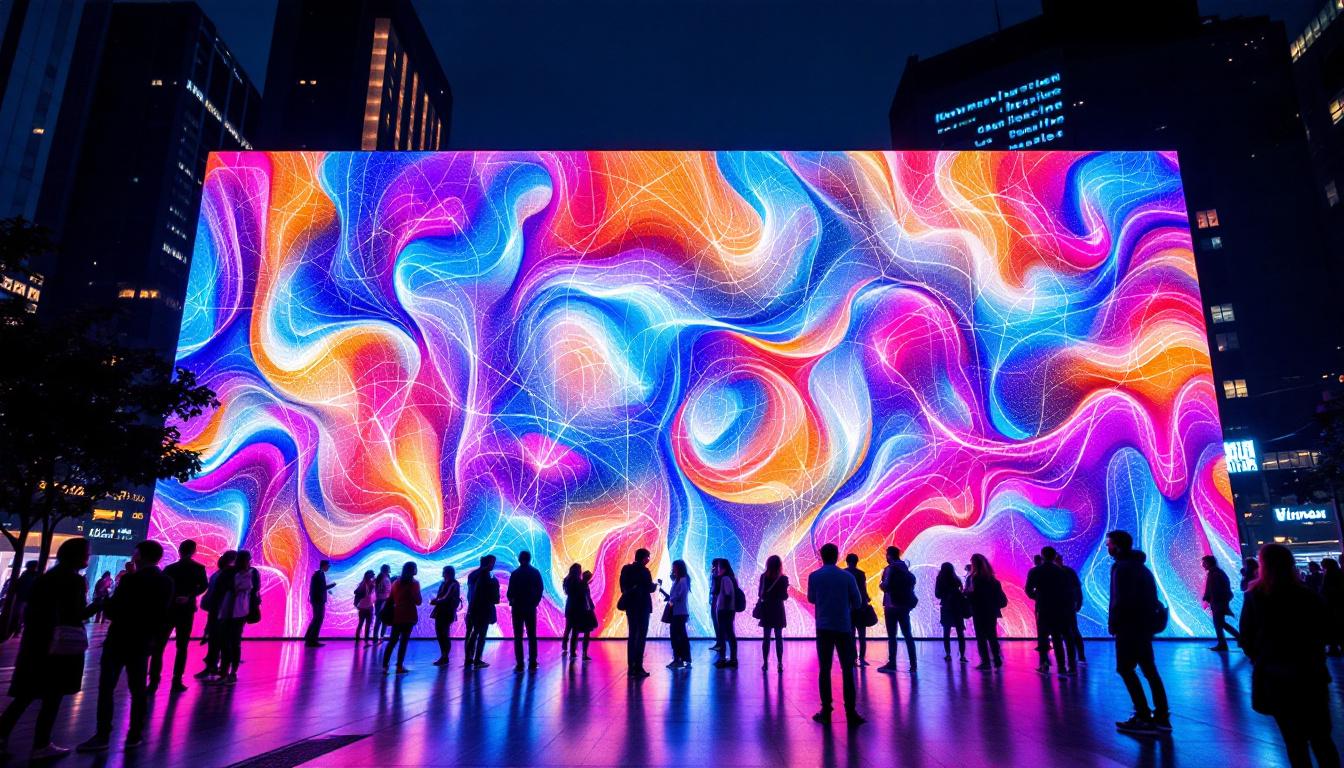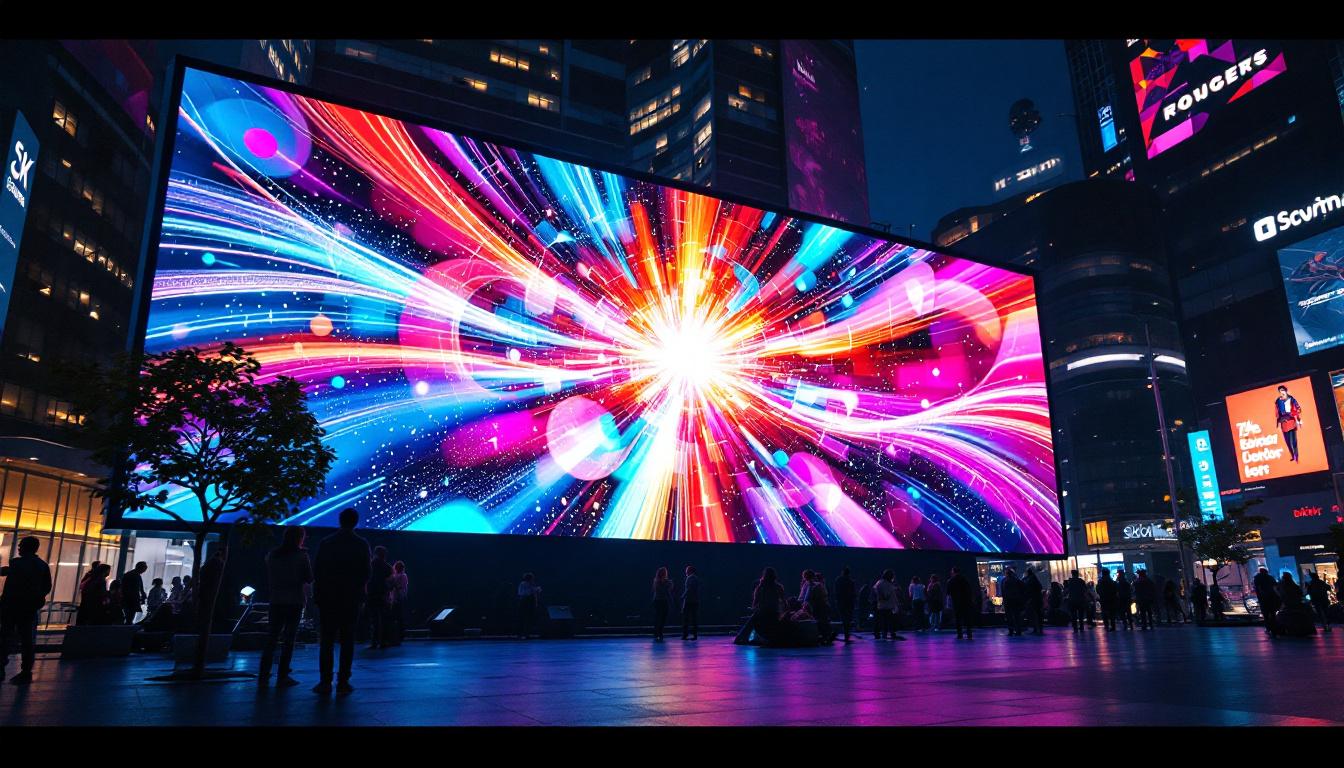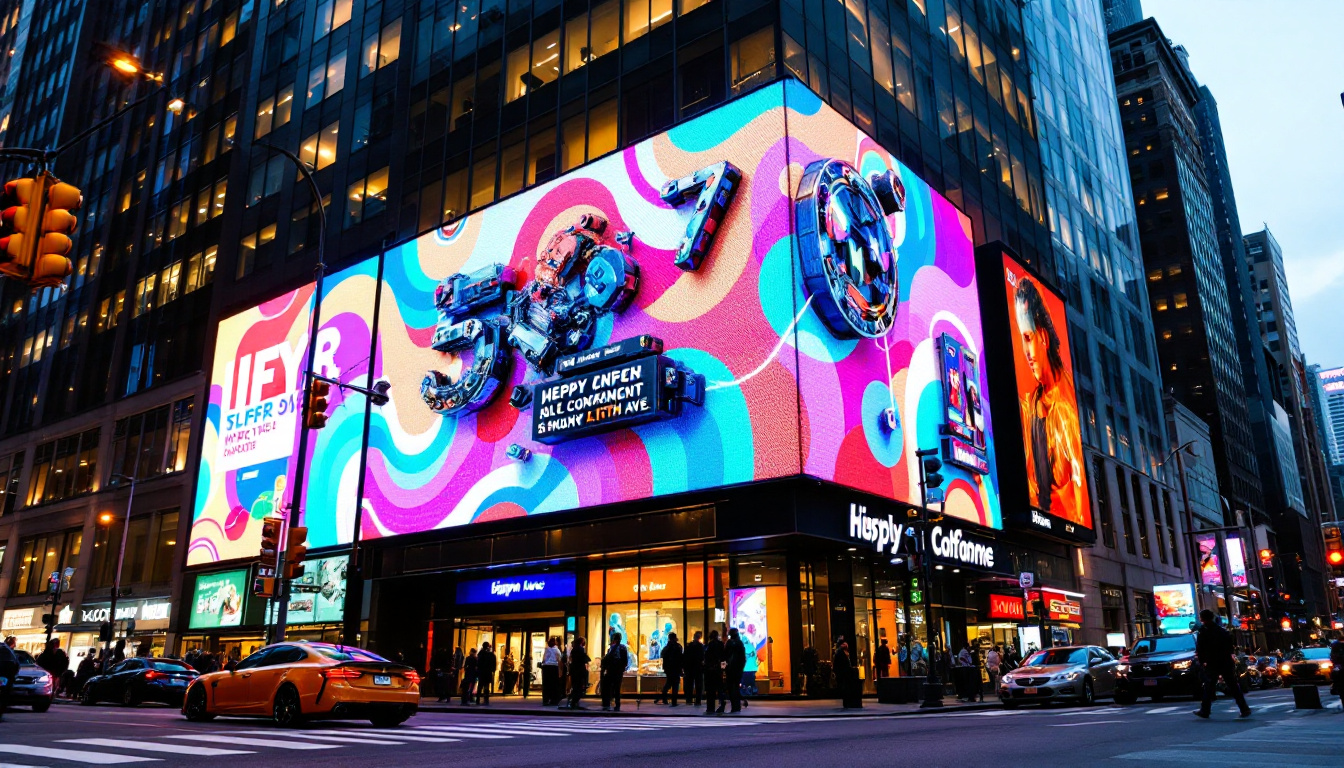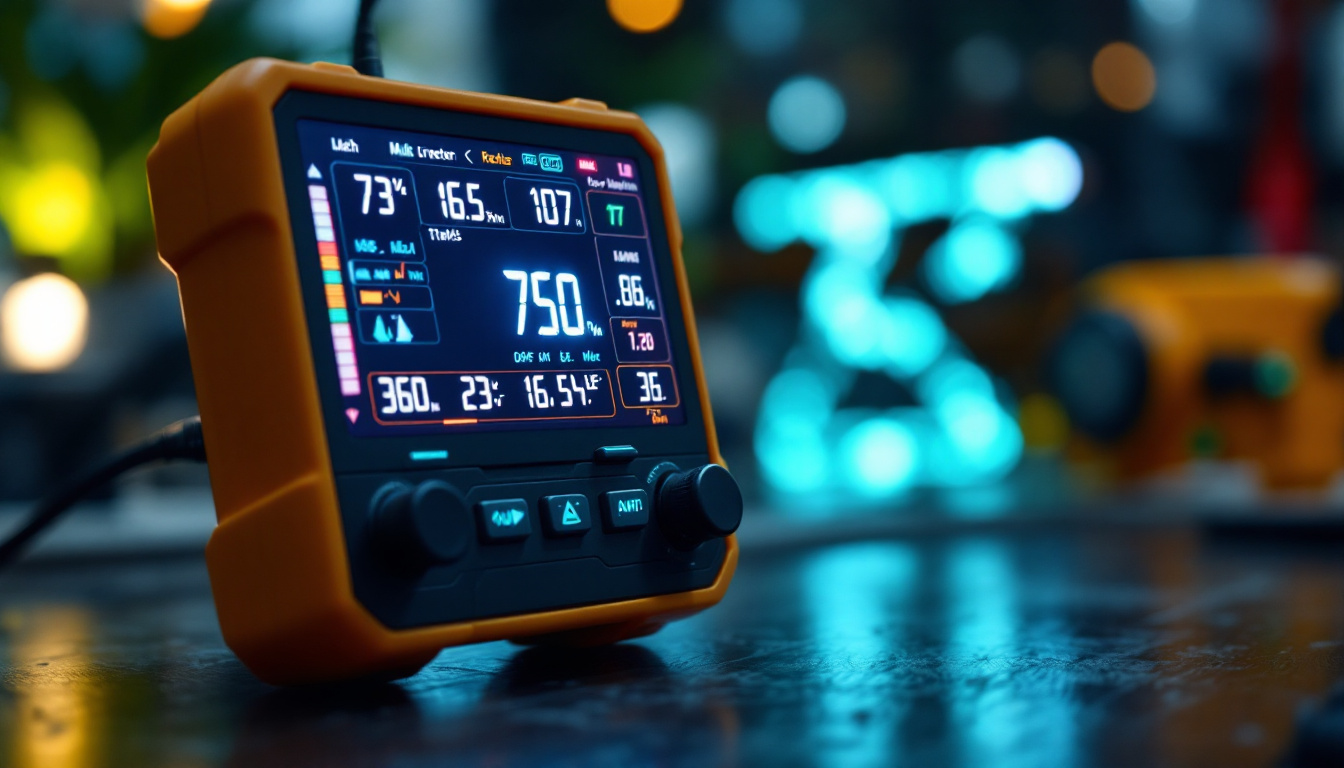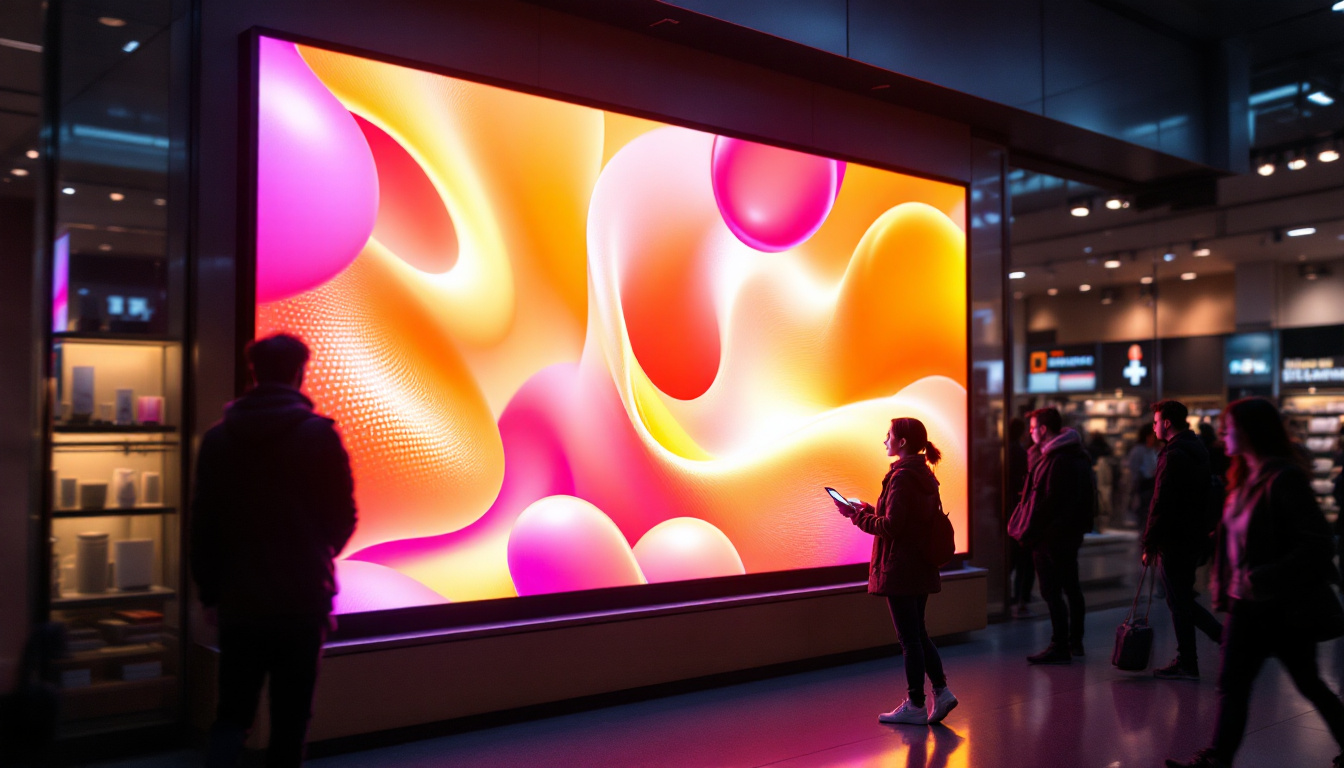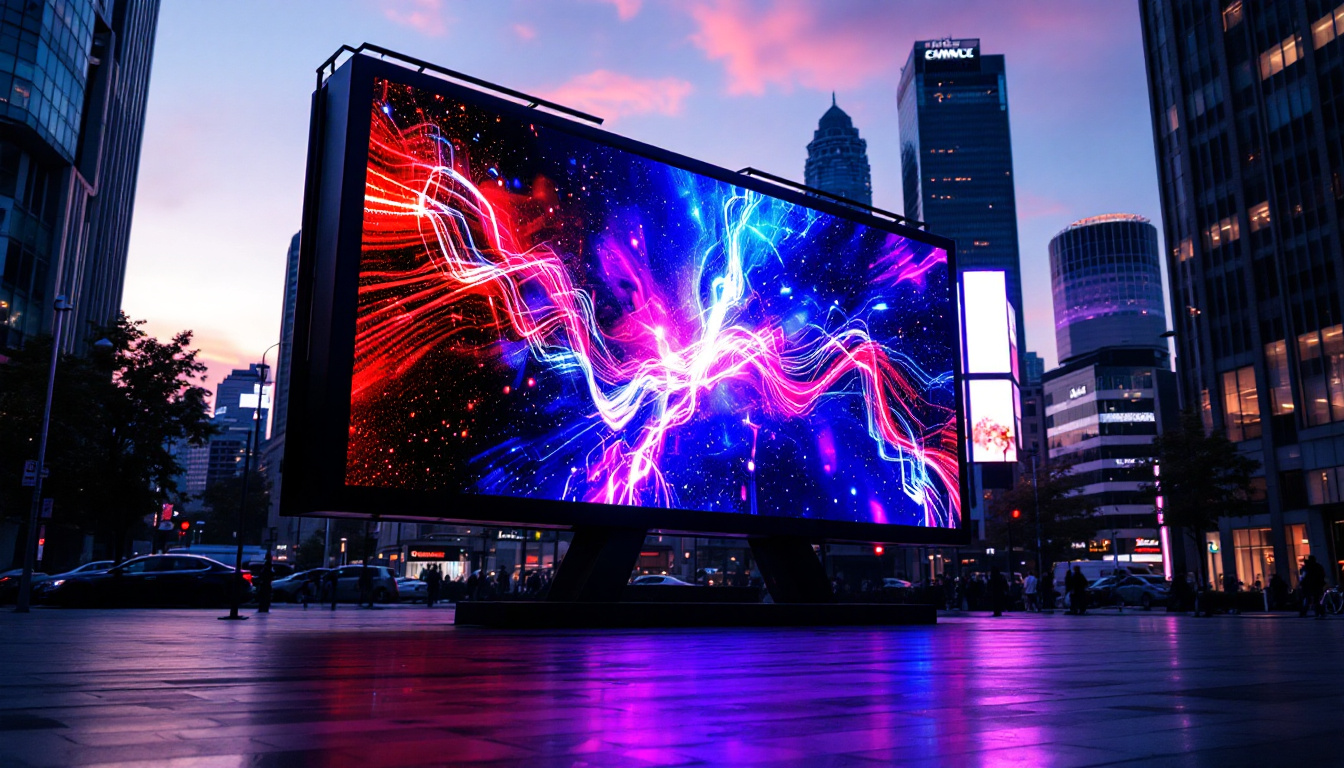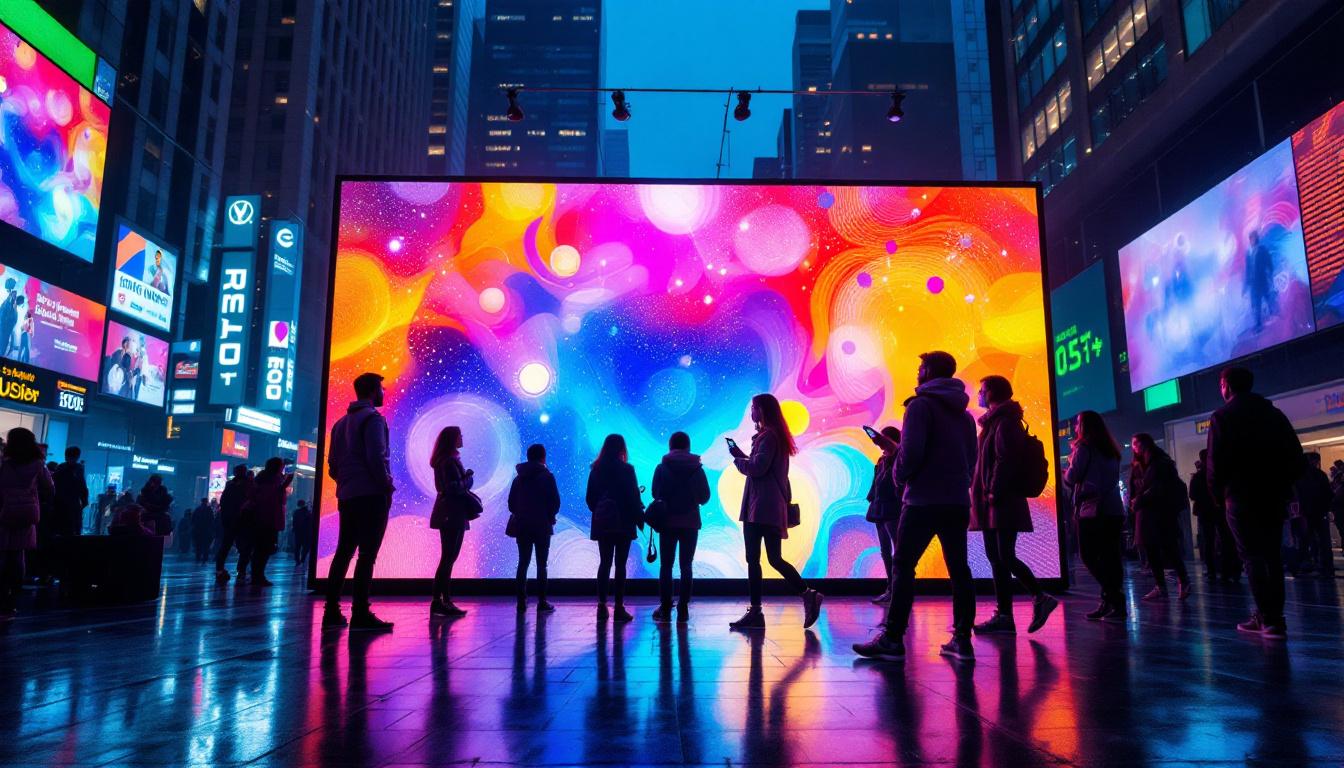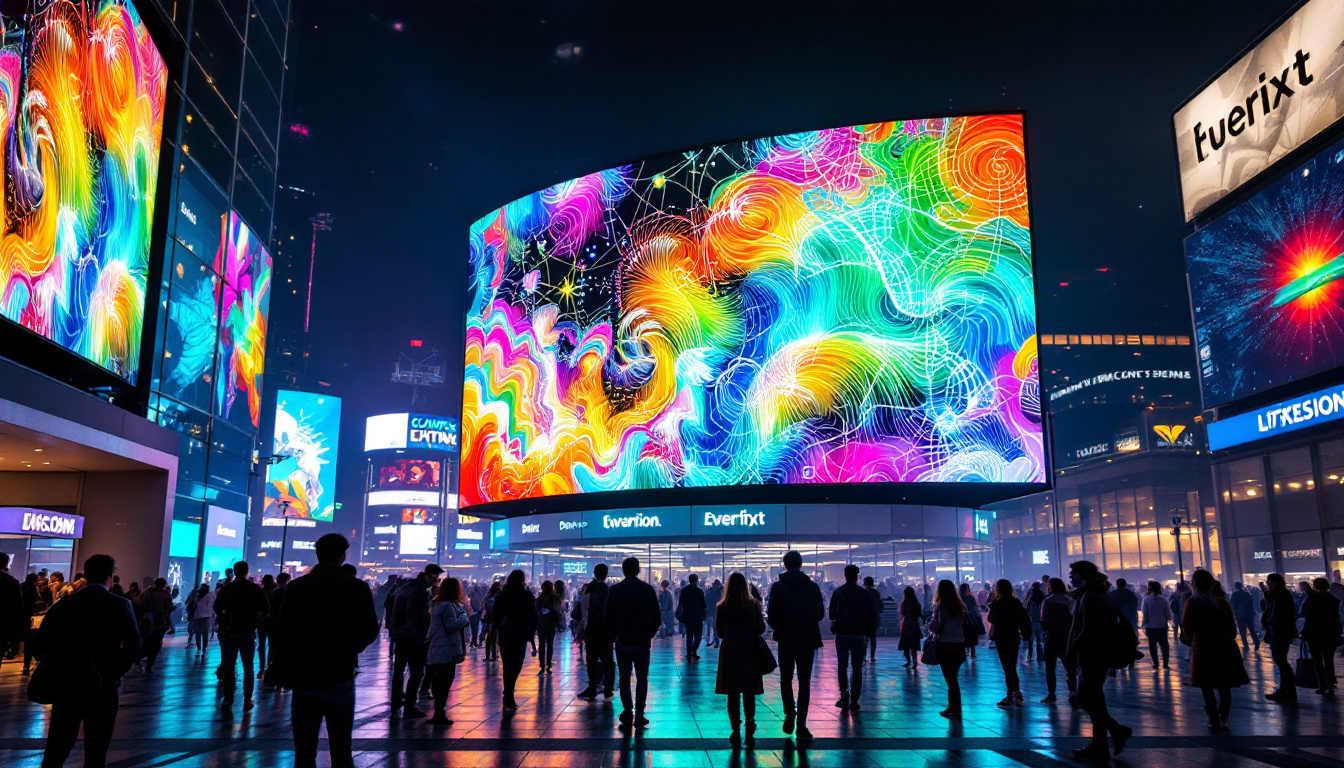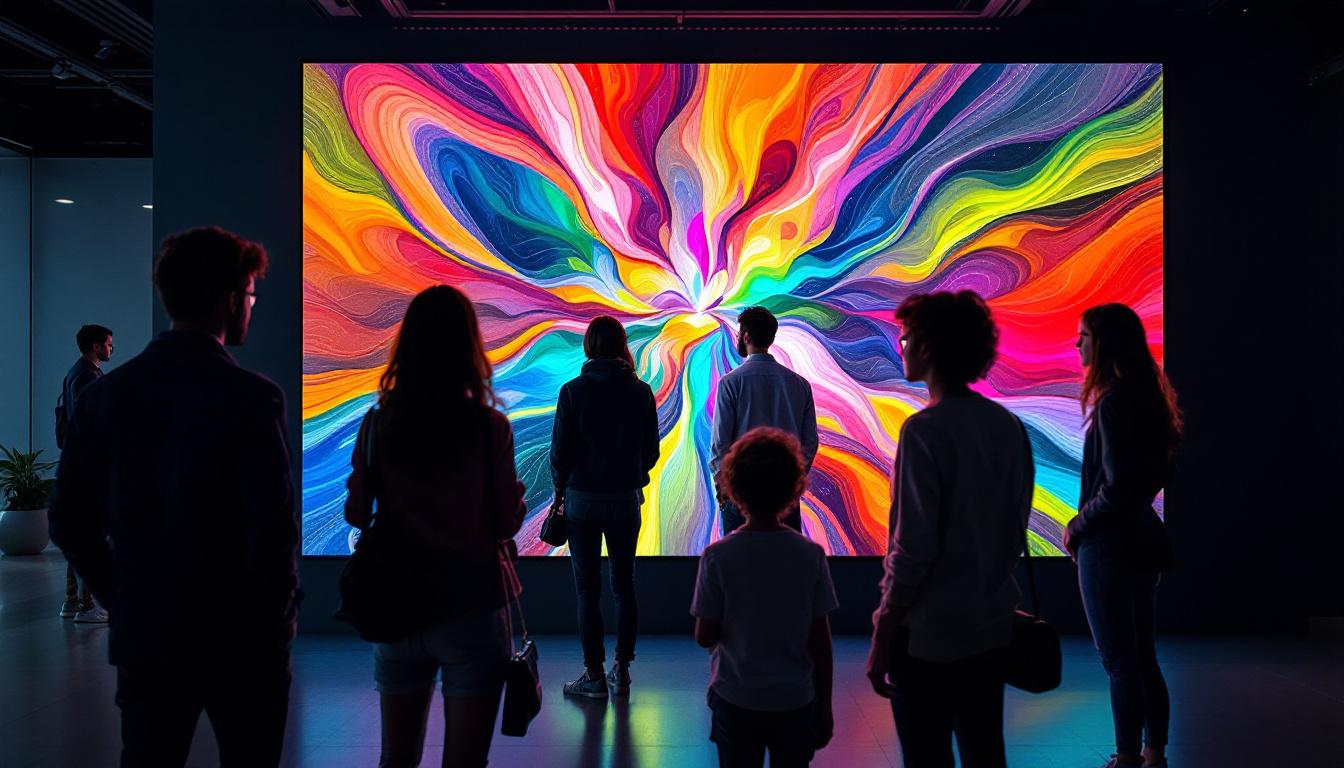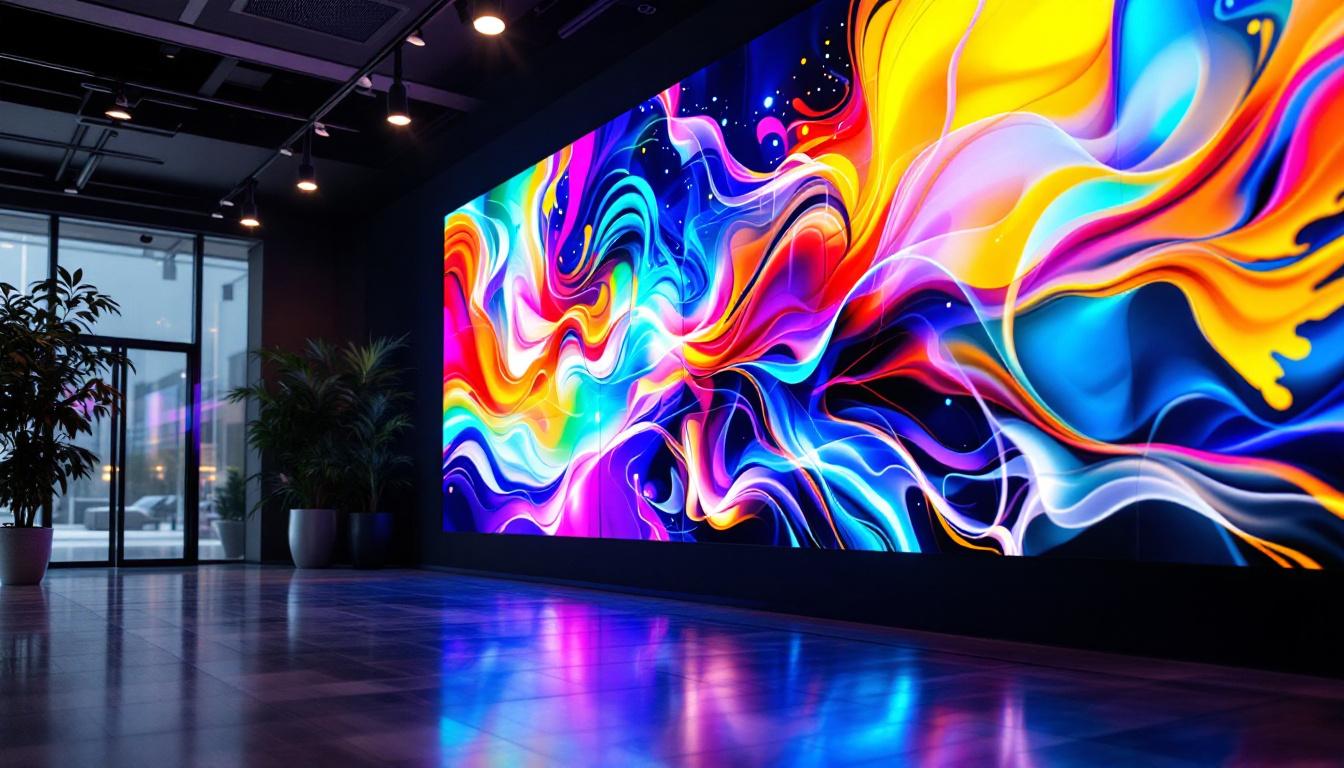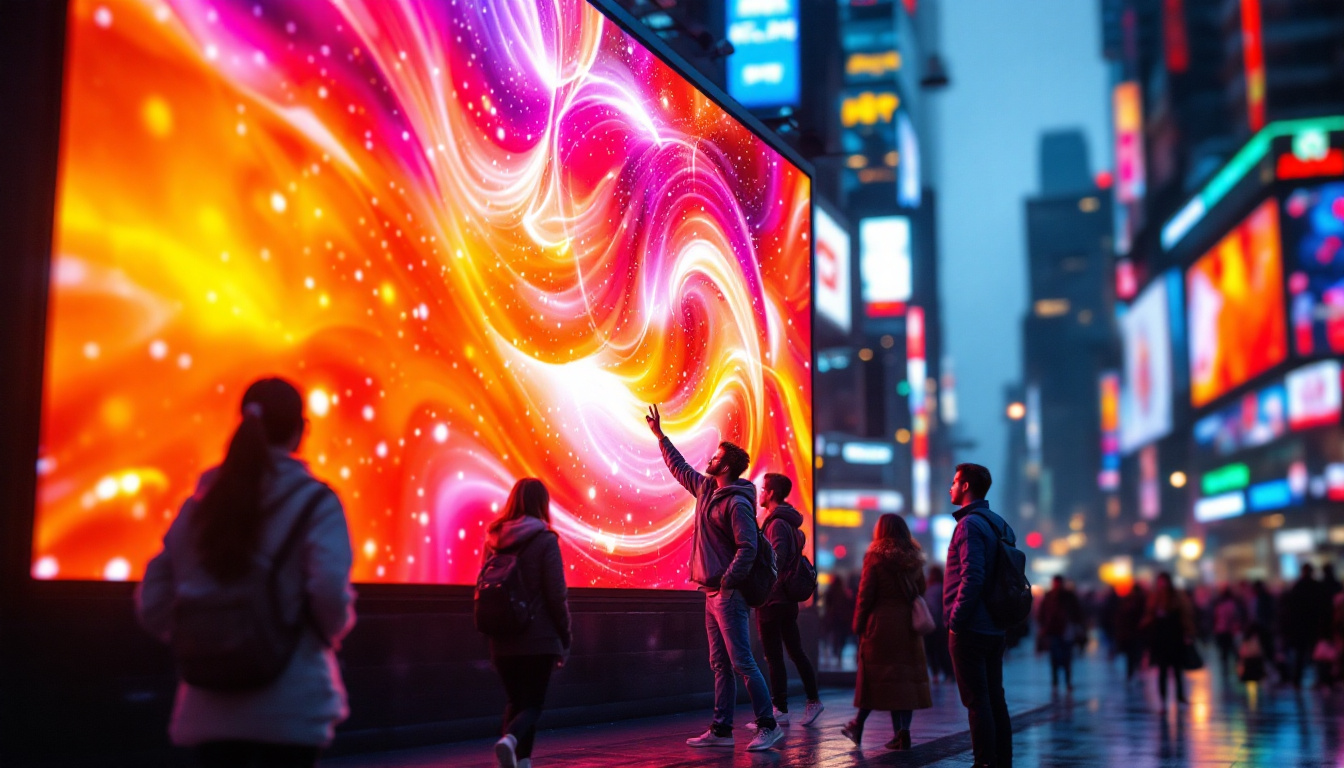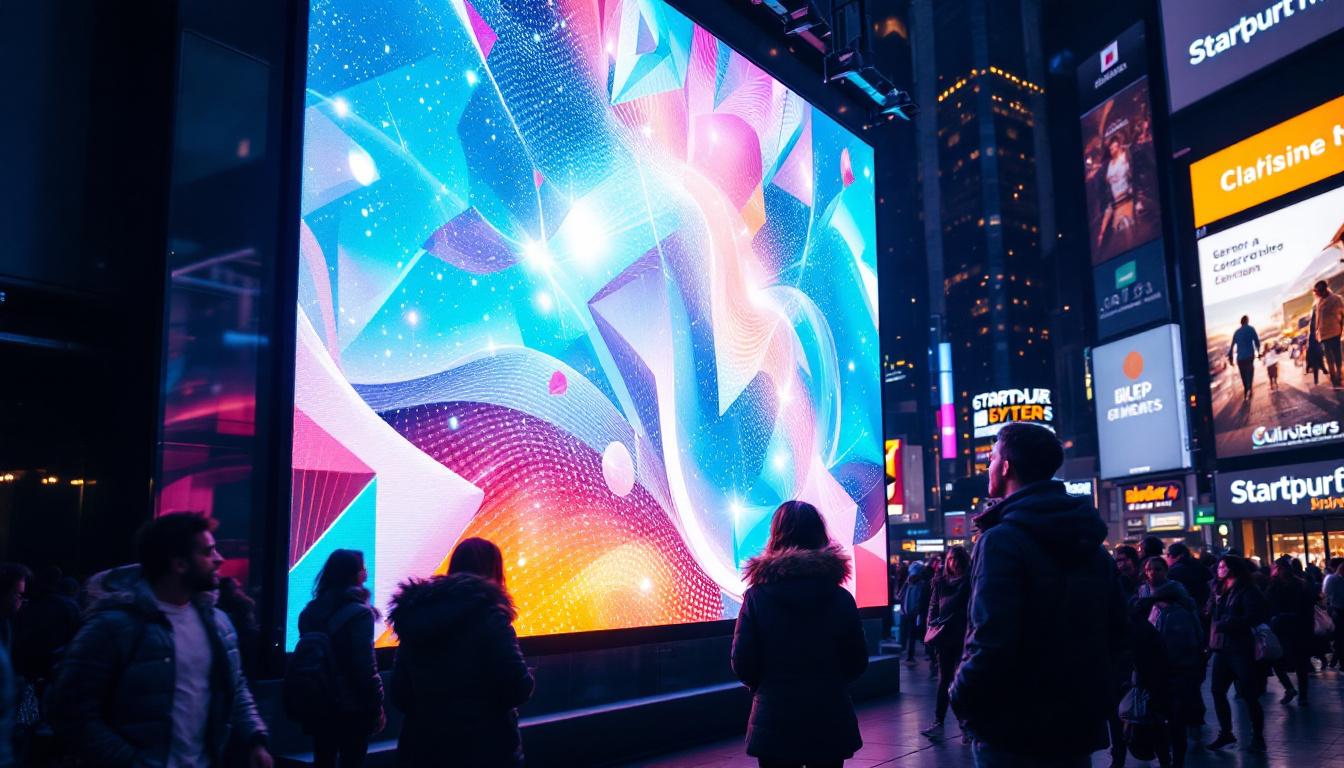In the age of digital communication, outdoor video walls have emerged as a powerful tool for advertising, entertainment, and information dissemination. These large-scale LED displays are not just visually striking but also versatile, making them a popular choice for various applications. This article delves into the intricacies of outdoor video walls, exploring their technology, benefits, and best practices for installation and maintenance.
Understanding LED Technology
LED, or Light Emitting Diode, technology has revolutionized the way we display images and videos. Unlike traditional display technologies, LEDs offer several advantages that make them ideal for outdoor environments. Their energy efficiency, longevity, and ability to produce vivid colors have made them the go-to choice for a variety of applications, from advertising to public information displays. As cities become more digital, the integration of LED technology into urban landscapes is transforming the way information is communicated to the public.
How LED Displays Work
LED displays consist of numerous tiny diodes that emit light when an electric current passes through them. These diodes are arranged in a grid format, allowing for the creation of vibrant images and videos. Each pixel in an LED display is made up of red, green, and blue (RGB) diodes, which combine to produce a wide spectrum of colors. This RGB model is crucial for achieving high-quality visuals that capture attention. Furthermore, advancements in technology have led to the development of more sophisticated color calibration techniques, ensuring that displays maintain consistent color accuracy over time, which is vital for branding and advertising consistency.
The brightness of LED displays is another significant factor. Outdoor environments often have high ambient light levels, making it essential for displays to be bright enough to be seen clearly in sunlight. Modern LED technology can produce brightness levels exceeding 10,000 nits, ensuring visibility even in direct sunlight. Additionally, many LED displays are equipped with automatic brightness adjustment features that optimize visibility based on the surrounding light conditions, enhancing the viewer’s experience while conserving energy during low-light situations.
Types of Outdoor LED Displays
Outdoor LED displays can be categorized into several types based on their design and application. The most common types include:
- Direct View LED Displays: These are the most prevalent type, where individual LED modules are directly visible to viewers. They are commonly used in billboards and advertising screens. Their modular design allows for easy repairs and upgrades, making them a practical choice for advertisers looking to change content frequently.
- LED Mesh Screens: These displays feature a mesh-like structure, allowing for airflow and reducing wind resistance. They are often used in large venues and stadiums. The transparency of mesh screens also enables them to blend seamlessly into architectural designs, providing both functionality and aesthetic appeal.
- LED Video Walls: Composed of multiple smaller LED panels, video walls can create a seamless large display. They are ideal for events, concerts, and public gatherings. The scalability of video walls allows for various configurations, accommodating different venue sizes and event types, making them a versatile solution for dynamic visual presentations.
Moreover, the integration of smart technology into outdoor LED displays is becoming increasingly common. Many modern displays come equipped with sensors and connectivity options that allow for real-time content updates, audience engagement analytics, and even interactive features. This capability not only enhances the effectiveness of advertising but also fosters a more engaging experience for viewers, encouraging interaction and participation in events. As technology continues to evolve, the potential applications for LED displays in outdoor settings are virtually limitless, paving the way for innovative advertising strategies and enhanced public communication.
Benefits of Outdoor Video Walls
Outdoor video walls offer numerous advantages that make them an attractive option for businesses and organizations looking to enhance their visibility and engagement.
High Visibility and Impact
One of the primary benefits of outdoor video walls is their ability to capture attention. The vibrant colors and dynamic content displayed on these screens can draw in passersby, making them an effective tool for advertising. Whether it’s a promotional video, live event coverage, or interactive content, outdoor video walls can create a significant impact.
Versatility in Content Delivery
Outdoor video walls are not limited to static images or pre-recorded videos. They can display a variety of content formats, including live feeds, social media updates, and interactive applications. This versatility allows businesses to adapt their messaging in real-time, responding to current events or audience interests.
Cost-Effectiveness Over Time
While the initial investment in outdoor video walls may be substantial, they can prove to be cost-effective in the long run. Traditional advertising methods, such as print or billboard ads, often require ongoing costs for production and placement. In contrast, digital displays can be updated instantly, reducing the need for physical materials and labor.
Installation Considerations
The installation of an outdoor video wall involves several critical considerations to ensure optimal performance and longevity.
Site Assessment and Planning
Before installation, a thorough site assessment is essential. Factors such as location, viewing distance, and ambient light conditions must be evaluated. Understanding the audience’s behavior and traffic patterns can help in determining the best placement for maximum visibility.
Structural Requirements
Outdoor video walls require a robust structure to support their weight and withstand environmental conditions. This may involve the construction of a dedicated mounting frame or the use of existing structures. It’s crucial to consider factors such as wind load, seismic activity, and local building codes during the planning phase.
Power and Connectivity
Reliable power supply and connectivity are vital for the operation of outdoor video walls. Ensuring that the installation site has adequate electrical infrastructure is necessary to avoid disruptions. Additionally, establishing a stable internet connection is essential for content updates and remote management.
Maintenance and Longevity
To maximize the lifespan and performance of outdoor video walls, regular maintenance is crucial. This involves both preventive measures and responsive actions to address any issues that may arise.
Routine Inspections
Conducting routine inspections of the LED display is essential for identifying potential problems early. This includes checking for dead pixels, ensuring proper functioning of the diodes, and assessing the overall condition of the display. Regular cleaning is also necessary to remove dust and debris that can affect visibility.
Software and Firmware Updates
Just like any digital technology, outdoor video walls require periodic software and firmware updates. These updates can enhance performance, introduce new features, and address security vulnerabilities. Keeping the display’s software up to date is crucial for ensuring optimal functionality.
Weatherproofing and Protection
Outdoor video walls are exposed to various environmental elements, including rain, wind, and extreme temperatures. Investing in weatherproofing measures, such as protective enclosures and proper sealing, can significantly extend the lifespan of the display. Additionally, using high-quality components designed for outdoor use is essential for durability.
Applications of Outdoor Video Walls
The versatility of outdoor video walls means they can be utilized in a wide range of applications, catering to different industries and purposes.
Advertising and Marketing
Outdoor video walls are perhaps most commonly associated with advertising. Businesses can leverage these displays to showcase their products, services, and promotions in a visually engaging manner. The ability to rotate content and display multiple advertisements throughout the day maximizes exposure and reach.
Event Broadcasting
For live events, outdoor video walls serve as a focal point, enhancing the overall experience for attendees. Whether it’s a concert, sports event, or festival, these displays can provide real-time updates, highlight key moments, and engage the audience with interactive content. This not only elevates the event atmosphere but also encourages social media sharing and audience interaction.
Public Information and Wayfinding
Municipalities and organizations can use outdoor video walls to disseminate important information to the public. This includes emergency alerts, traffic updates, and wayfinding information. By providing real-time data and guidance, these displays can enhance public safety and improve the overall user experience in urban environments.
Future Trends in Outdoor Video Walls
The technology behind outdoor video walls continues to evolve, with several trends shaping the future of this medium.
Integration of Artificial Intelligence
As artificial intelligence (AI) becomes more prevalent, its integration into outdoor video walls is expected to enhance content delivery and audience engagement. AI can analyze viewer demographics and preferences, allowing for personalized content that resonates with specific audiences. This level of customization can significantly improve the effectiveness of advertising campaigns.
Increased Interactivity
Future outdoor video walls are likely to feature enhanced interactivity, allowing viewers to engage with the content in real-time. Touchscreen capabilities, augmented reality (AR), and gamification elements can create immersive experiences that captivate audiences and encourage participation.
Sustainability Initiatives
As concerns about environmental impact grow, the outdoor advertising industry is moving towards more sustainable practices. Future outdoor video walls may incorporate energy-efficient technologies, such as solar power and eco-friendly materials. This shift not only reduces the carbon footprint but also aligns with the values of environmentally conscious consumers.
Conclusion
Outdoor video walls represent a dynamic and impactful medium for communication, advertising, and information dissemination. With their vibrant displays, versatility, and ability to engage audiences, they have become an essential tool for businesses and organizations. As technology continues to advance, the future of outdoor video walls looks promising, with innovations that will enhance their functionality and sustainability. By understanding the intricacies of LED technology, installation considerations, and maintenance practices, stakeholders can maximize the benefits of outdoor video walls and create memorable experiences for their audiences.
Discover LumenMatrix’s Innovative LED Solutions
Ready to elevate your outdoor advertising and communication strategies? Explore LumenMatrix’s comprehensive range of LED display solutions. As a pioneer in LED technology, we offer an array of products from Outdoor LED Wall Displays to Custom and Transparent LED options, designed to captivate your audience and amplify your message. Embrace the future of visual engagement with our advanced, energy-efficient displays. Check out LumenMatrix LED Display Solutions today and transform your space into a dynamic visual experience.

